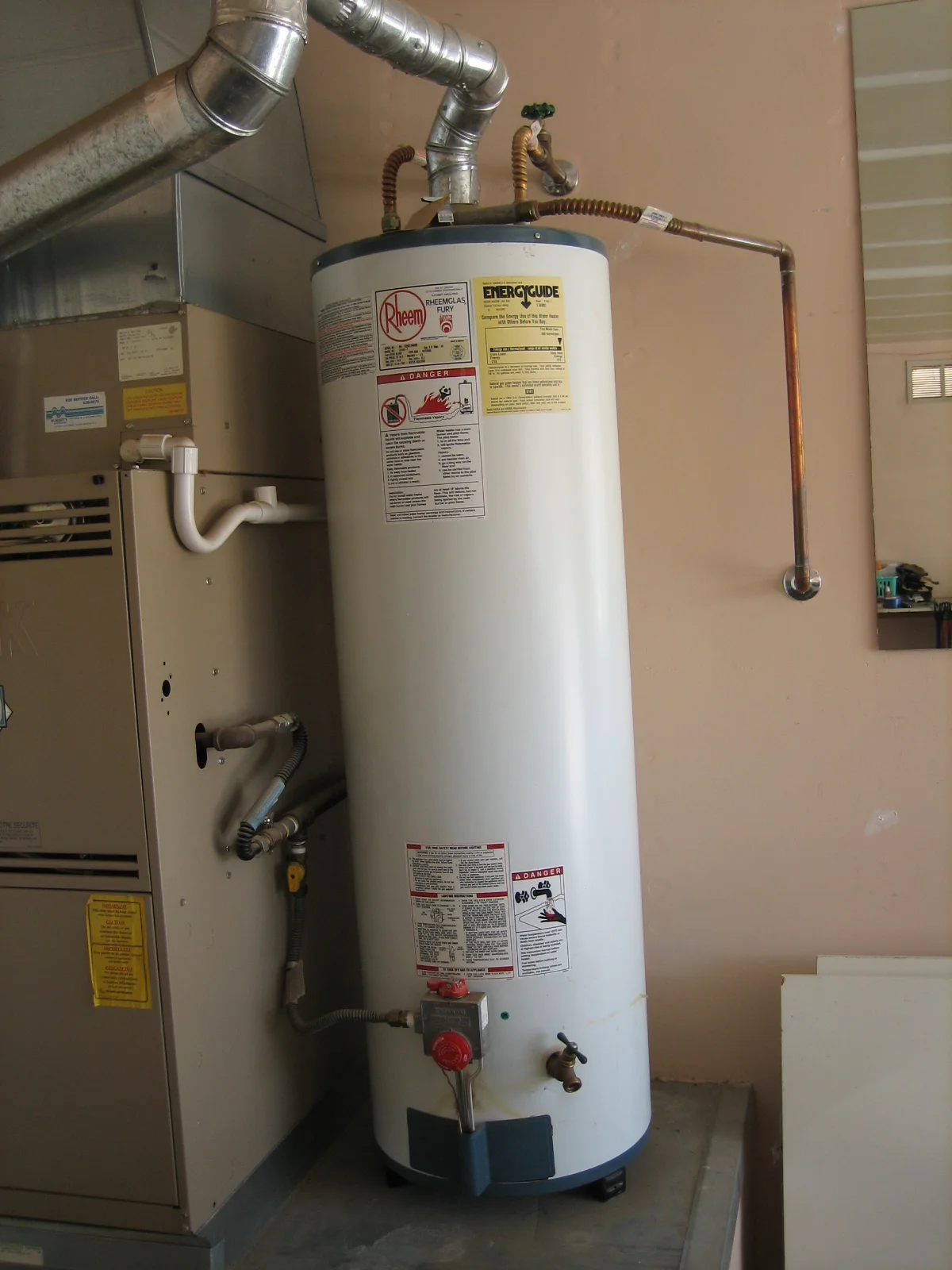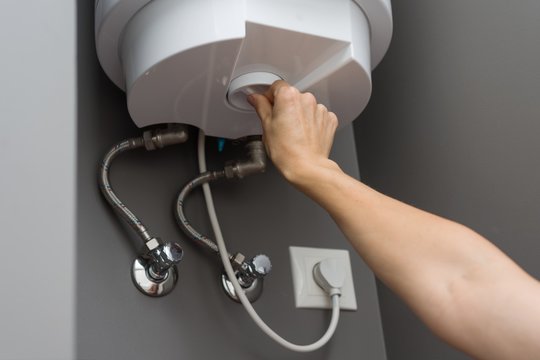What are your thoughts on How to Maintain a Hot Water Heater in a Few Simple Steps?

Warm water is necessary for everyday comfort, whether it's for a refreshing shower or cleaning dishes. To guarantee your warm water system runs efficiently and lasts longer, regular maintenance is key. This short article supplies sensible ideas and understandings on just how to keep your home's hot water system to avoid disruptions and pricey repair services.
Introduction
Keeping your home's hot water system might appear complicated, but with a couple of easy actions, you can ensure it operates efficiently for many years to find. This overview covers whatever from recognizing your hot water system to do it yourself upkeep suggestions and understanding when to hire specialist assistance.
Importance of Preserving Your Hot Water System
Normal maintenance not just extends the life expectancy of your warm water system however likewise ensures it runs effectively. Ignoring upkeep can cause lowered performance, higher power expenses, and even premature failing of the system.
Signs Your Warm Water System Needs Maintenance
Recognizing when your hot water system needs focus can protect against major problems. Keep an eye out for signs such as irregular water temperature level, strange noises from the heater, or rustic water.
Recognizing Your Hot Water System
Before diving into upkeep jobs, it's practical to understand the fundamental elements of your warm water system. Generally, this includes the hot water heater itself, pipelines, anode rods, and temperature controls.
Month-to-month Upkeep Tasks
Normal monthly checks can help catch minor concerns prior to they escalate.
Flushing the Water Heater
Flushing your water heater eliminates debris buildup, improving efficiency and prolonging its life.
Checking and Replacing Anode Rods
Anode rods avoid corrosion inside the tank. Inspecting and replacing them when worn out is essential.
Checking and Changing Temperature Setups
Readjusting the temperature level setups makes sure optimum efficiency and security.
DIY Tips for Maintenance
You can perform several upkeep jobs on your own to maintain your hot water system in leading problem.
Looking for Leakages
Consistently check pipes and connections for leaks, as these can lead to water damages and greater expenses.
Evaluating Pressure Relief Valves
Testing the pressure relief valve guarantees it operates properly and avoids excessive pressure build-up.
Insulating Pipelines
Shielding hot water pipes lowers warmth loss and can save energy.
When to Call a Specialist
While DIY maintenance is advantageous, some problems call for professional know-how.
Complicated Problems Calling For Specialist Aid
Examples include significant leaks, electrical troubles, or if your water heater is consistently underperforming.
Regular Expert Upkeep Advantages
Professional upkeep can include detailed assessments, tune-ups, and guaranteeing conformity with safety criteria.
Conclusion
Normal maintenance of your home's warm water system is vital for efficiency, longevity, and expense savings. By adhering to these suggestions and recognizing when to seek specialist help, you can ensure a reliable supply of warm water without unexpected interruptions.
How to Maintain an Instant Hot Water Heater
Before tinkering with your hot water heater, make sure that it’s not powered on. You also have to turn off the main circuit breaker and shut off the main gas line to prevent accidents. Also turn off the water valves connected to your unit to prevent water from flowing into and out of the appliance. 2. When you’re done, you have to detach the purge valves’ caps. These look like the letter “T†and are situated on either side of the water valves. Doing so will release any pressure that has accumulated inside the valves while at the same time avoid hot water from shooting out and burning your skin. 3. When the purge valves’ caps are removed, you have to connect your hosing lines to the valves. Your unit should have come with three hoses but if it didn’t, you can purchase these things from any hardware or home repair shops. You can also get them from retail stores that sell water heating systems. Read the user’s manual and follow it to complete this task properly. When the hosing lines are connected, open the purge port’s valves. 4. You should never use harsh chemical cleaners or solutions when cleaning your unit. Make use of white vinegar instead. It should be undiluted and you’ll probably use about 2 gallons. 5. Now flush your water heater. This task should probably take about 40 minutes. We can’t give you specific directions for this because the procedure is carried out depending on the type, model and brand of your heater. With that being said, refer to the user’s manual. 6. When you’re done draining the unit, you have to turn off the purge port valves again. Remove the hosing lines that you earlier installed on each of the water valves. Put the valve caps (purge port) back in their respective places and be very careful so as not to damage the rubber discs that are found inside these caps. 7. Now that everything’s back in place, check your user’s manual again to find out how to reactivate your water heating system. 8. Once it is working, turn one of your hot water faucets on just to let air pass through the heater’s water supply pipes. Leave the tap on until water flows smoothly out of it. https://www.orrplumbing.com/blog/2014/september/how-to-maintain-an-instant-hot-water-heater/

I have been very drawn to How to Maintain Your Water Heater & Prolong its Life and I'm hoping you enjoyed our page. Those who enjoyed our post if you please do not forget to pass it around. I treasure your readership.
Request Free Estimate